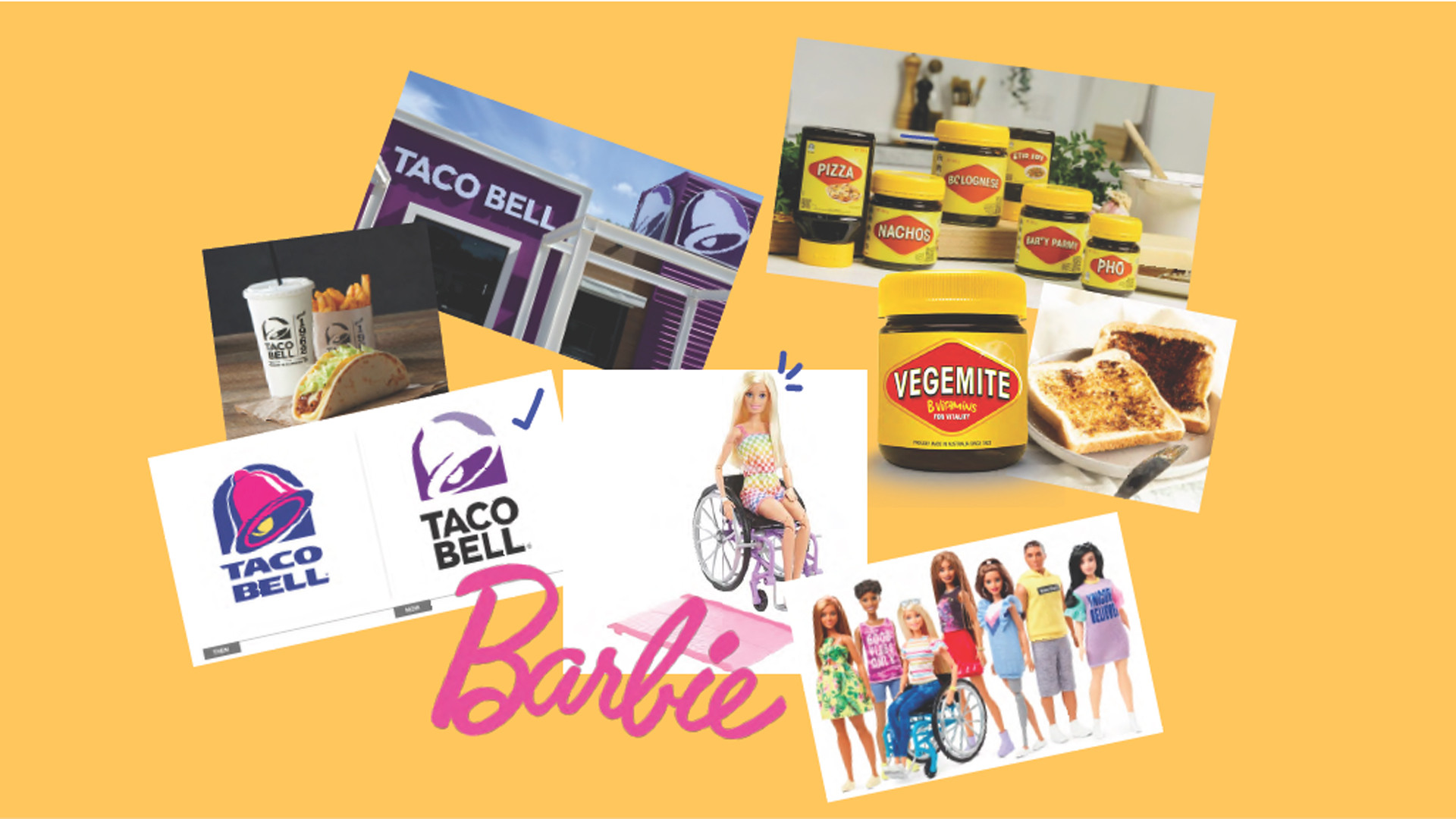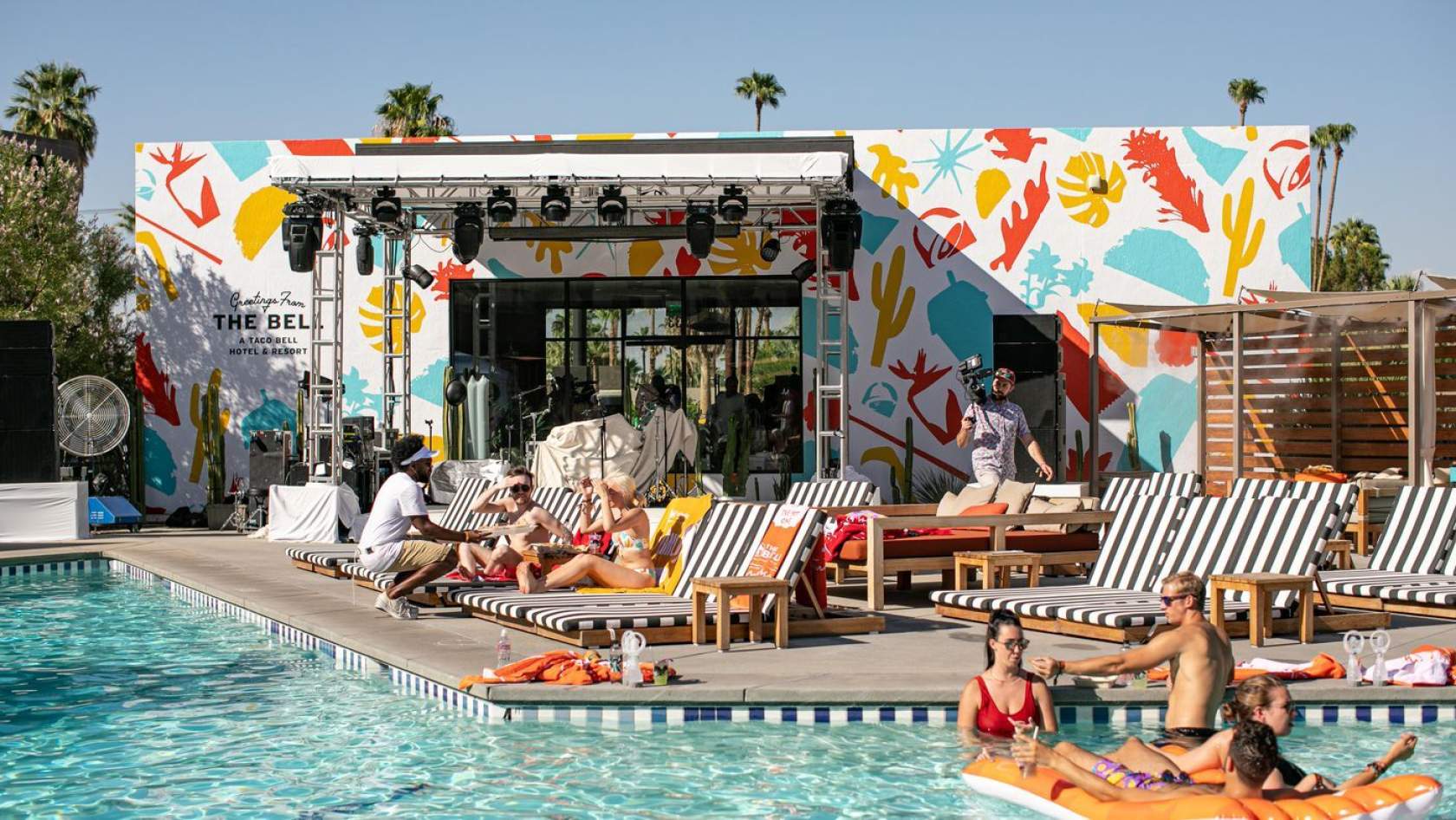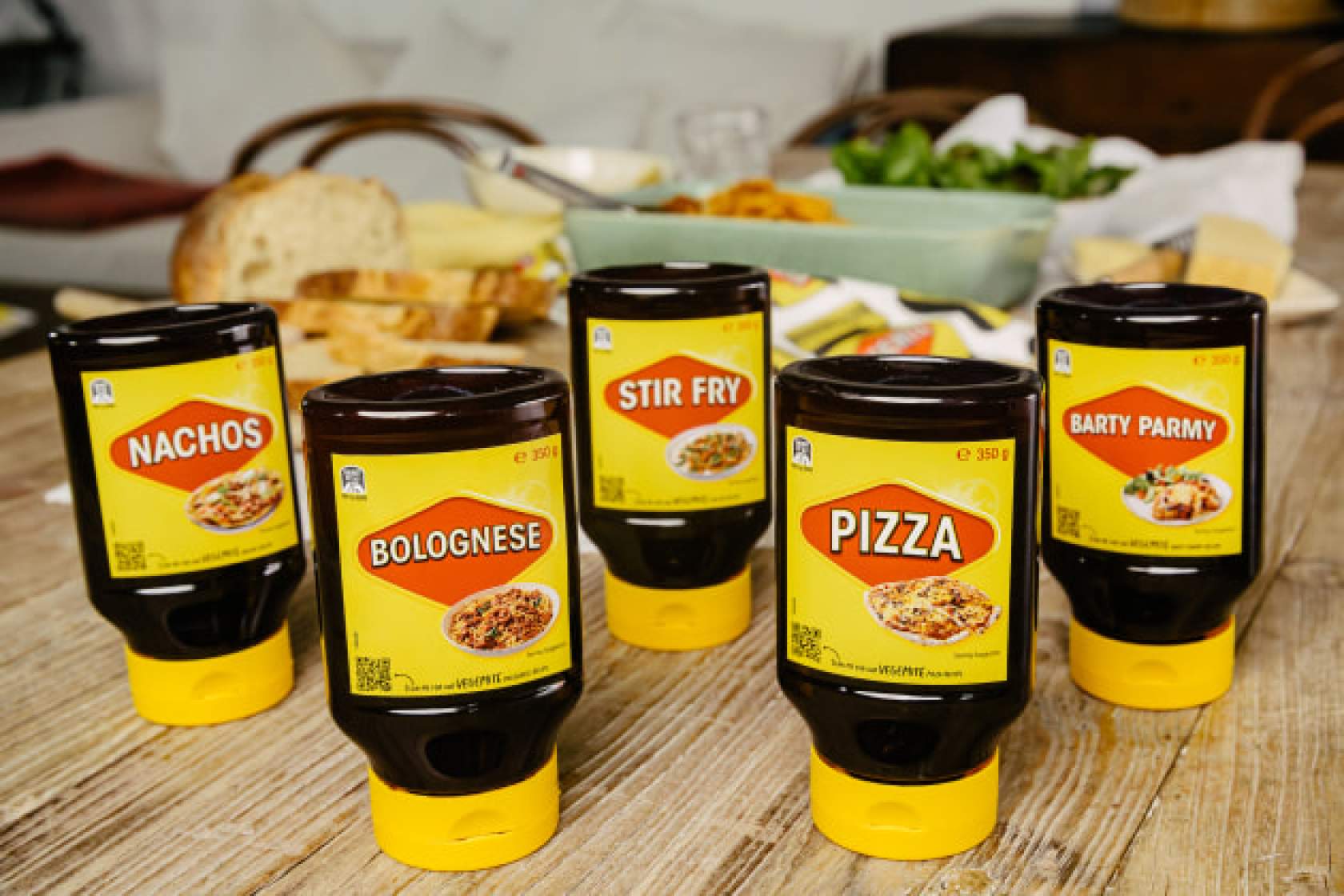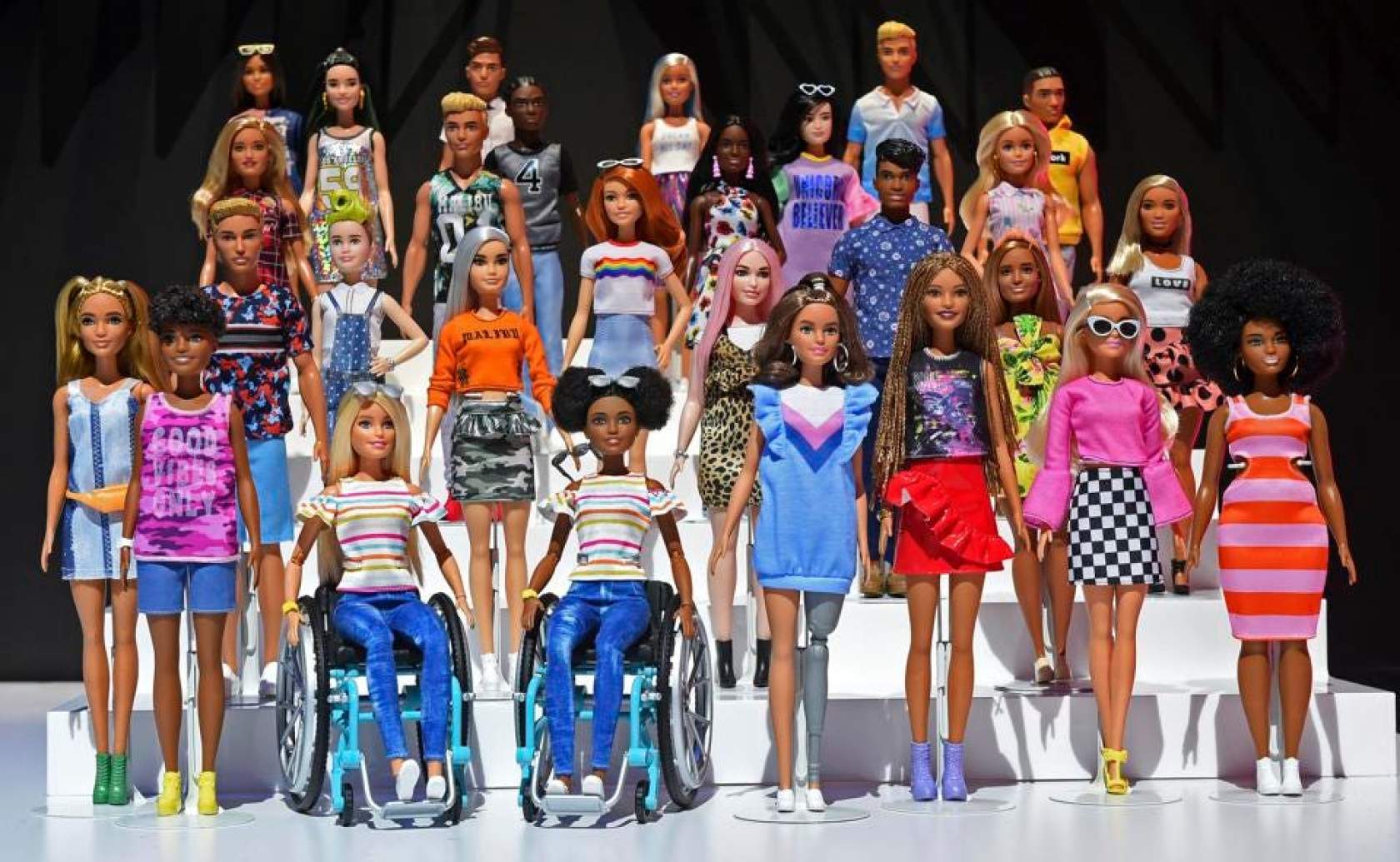

Charles Darwin may not have been thinking about brands when he said “In the struggle for survival, the fittest win out at the expense of their rivals because they succeed in adapting themselves best to their environment.” but his observation is poignant as we look to businesses that have have looked deep within themselves to re-define who and what they stand for, to rise as a re-birthed success story.
Here at Edison, we pride ourselves on rejuvenating brands that are feeling tired, stale or losing relevance. Finding new strategic and creative ways to uncover the potential behind a brand’s story and reimagine how it views itself, but also how it can ’show-up’ to step forward with renewed vigour and purpose.
There are many reasons a business or brand might feel the drive to reinvent themselves;
Increasing relevance
Engaging with new markets
Highlighting a more compelling proposition
Improving an image
Demonstrating adapability
The above are ones that often cross our desk, and whilst every challenge and brand is unique, we’ve identified 3 x Principles that often arise for brands that have re-INVENTED themselves successfully.
BE TRUE - stick to what you know and look to your past to uncover your future.
BE BRAVE in calling it when it’s not working. Changing the course of the Titanic can feel difficult, but would you rather hit the iceberg?
RIDE THE CULTURAL CURRENT - listen to your audience and invite them in.
Today we’re looking at some of those brave brands that have Re-INVENTED themselves out of a clear vision and/or necessity for change, and how the three principles were applied to great affect.
From iconic spreads to the latest Hollywood movie, these three companies have undergone major transformations that have breathed new life into their respective industries.

TACO BELL: From cheap, fast Mexican Food to a powerhouse Lifestyle brand.
Between 1962-2016 Taco Bell was synonymous with a 20year old ‘stoner’ culture, providing cheap, fast Mexican food for the less discerning consumer.
Undeniably beloved, the business had eroded a lot of the original ‘irreverent soul' established by founder Glen Bell through it’s homogenous approach to the branded experience.
A philosophy of continuity saw all Taco Bell stores follow identical blue-prints in build and design, and the result was a complete lack in customer engagement.
The business identified the need to re-find its irreverent soul as a means of using authenticity as way to reconnect and solidify a competitive advantage, Deborah Brand, VP of Development and Design, Taco Bell said "The brand means many things to different people, so we threw out [the identical store concept] a couple of years ago and said, let's strip it down and start redefining the styles that are inherently us”.
This translated to not only the buildings, but the entire brand identity and attitude with the way it thinks and speaks of itself.
"It's all about storytelling. We're trying to build a person," explains Brand. "The brands that survive are the ones that customers relate to as a friend, the ones they invite home again and again. Once you cross over that threshold from being transactional to being a trusted brand that is a friend you can survive a bunch of missteps if you continue to try to innovate and experiment. Customers give you a lot more license."
They developed four new store designs, that were both reflective of the brands essence, but also suited to the culture of the store’s location, the "Modern Explorer," which Brand describes as a "materials study" and represents the more sophisticated side of the brand; "Heritage," a grown-up Mexican concept inspired by Taco Bell's Mission-style, mini-Tijuana roots; "California Sol,” a nod to its roots in SoCal brand with outdoor dining; and "Urban Edge," representing the brand's more recent push into the inner city.
A new brandmark, designed to be flexible and to ‘show-up’ differently pending the occasion has seen the brand used as a wedding destination, integrated into eccentric fashion styles, and endless viral memes and TikToks.
The success of this re-invention demonstrates the power of harnessing authenticity as a way to invite consumers into your business and reflect a shared value.
"This irreverent storytelling [has turned into something] that is bigger than the brand itself, which is a magical thing," she says.

Vegemite: An Australian staple since 1922, Vegemite not so much re-invented itself - but rather re-invented the usage occasion to great success.
Vegemite and butter on toast has been the quintessential Australian spreadable for a century, earning cult-classic worship and endless foreign “initiations” to this unique tasting spread. But its versatile power as an umami flavouring was something known only in whispered ‘secret ingredient’ conversations amongst foodies, and often considered sacrilegious in public sentiment.
In 2022, looking for an opportunity to expand the brand beyond 'bread' Vegemite replaced its beloved brandmark with the names of meals that Vegemite can perfectly compliment or enhance.
Trading off its distinctive brand codes and allowing a new single-minded proposition to dominate, achieving aisle disruption, leveraged brand equity and landing a compelling message all via packaging alone.
“The labels reflect the great ways to elevate your recipes using Vegemite – and Vegemite lovers have long been sharing that it’s the secret ingredient in their cooking,” explains Jess Hoare, Vegemite Marketing Manager at Bega Foods.
And whilst there was undeniably some customer confusion upon launch, the brave move proved an effective way to land a clear proposition and generate earned media.

Barbie Mattel:
What a rollercoaster Mattel’s Barbie has been on.
Since the inception in 1959, Barbie has courted controversy and condemnation for promoting both impossible body and gender stereotypes whilst continually enjoying monstrous sales successes over successive generations. It’s rare for one product to not only survive but thrive with such a direct link to cultural and societal reactions.
Over its 60-year history, Barbie has had many attempts at changing its image to reflect evolving attitudes in the cultural zeitgeist – with some major fails (Share a smile Becky, a disabled wheelchair using friend who couldn’t actually fit within the Barbie dreamhouse – inclusiveness fail) along with minor wins (the inclusion of a more naturally curvaceous figure).
Today we see not only physical, cultural, and aspirational appropriate product manifestations of Barbie, but also a nostalgic throwback Hollywood movie set to spark love (and debate no doubt) for the original premise.
A demonstration that riding the wave of cultural relevance is tricky but can be achieved without always losing sight of the history and foundation of a brand if done well.
And finally, just for fun, did you know that at its inception in 2005 YouTube was initially designed to be a dating service? “We even had a slogan for it: Tune in, Hook up,” said co-founder Jawed Karim. “The whole thing didn’t make any sense. We were so desperate for some actual dating videos, whatever that even means, that we turned to the website any desperate person would turn to, Craigslist.” Even with a $20 offer for women to upload their videos, no-one came forward - so the team changed tact, and opened it up to ANY videos – a simple, yet masterful reinvention and ‘Sliding Door’ moment in history.
These examples demonstrate that a brand has the ability to carry a business through multiple iterations, evolutions and complete upheaval if built off authenticity, cultural insight and a liberal dose of bravery.